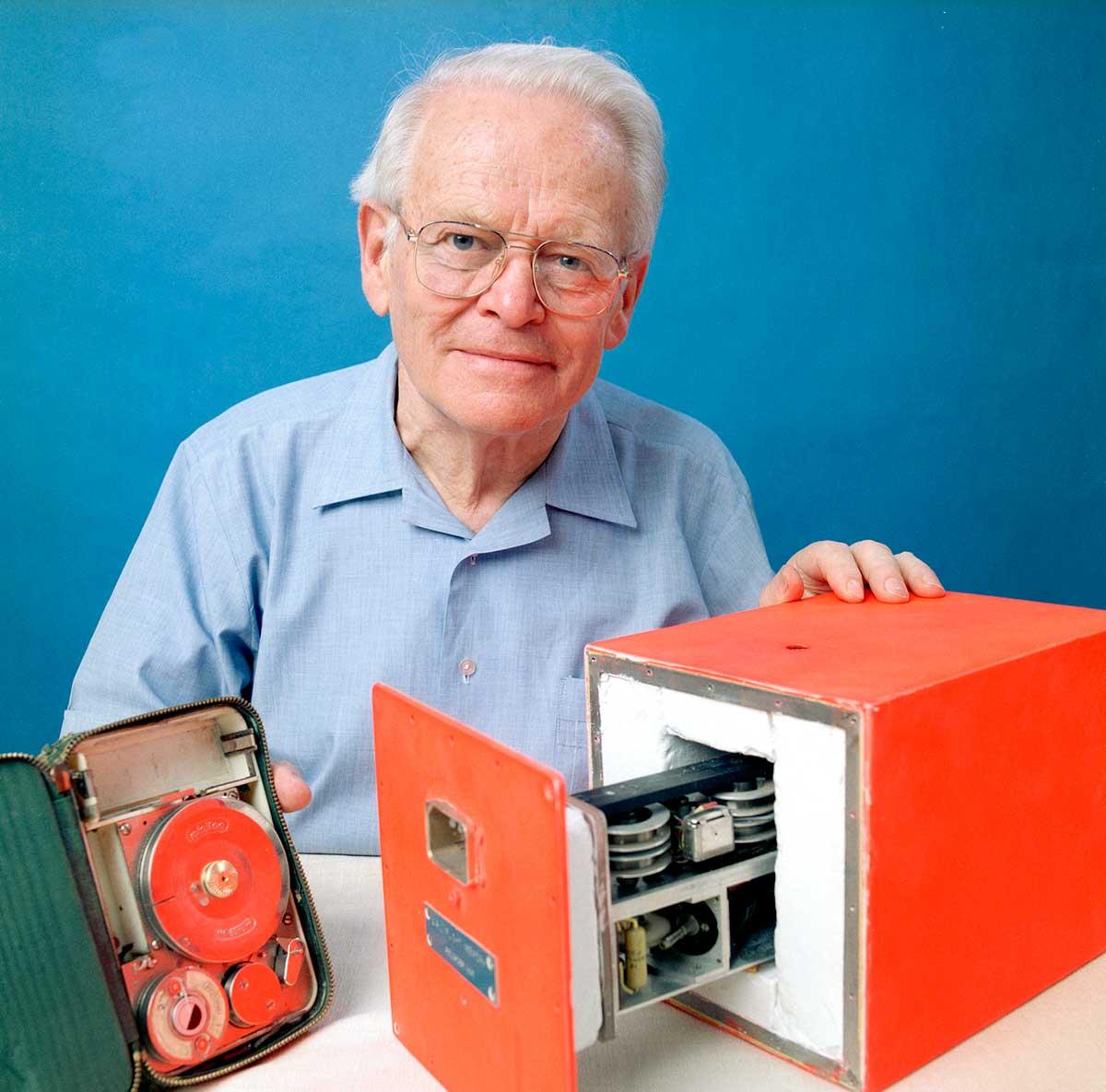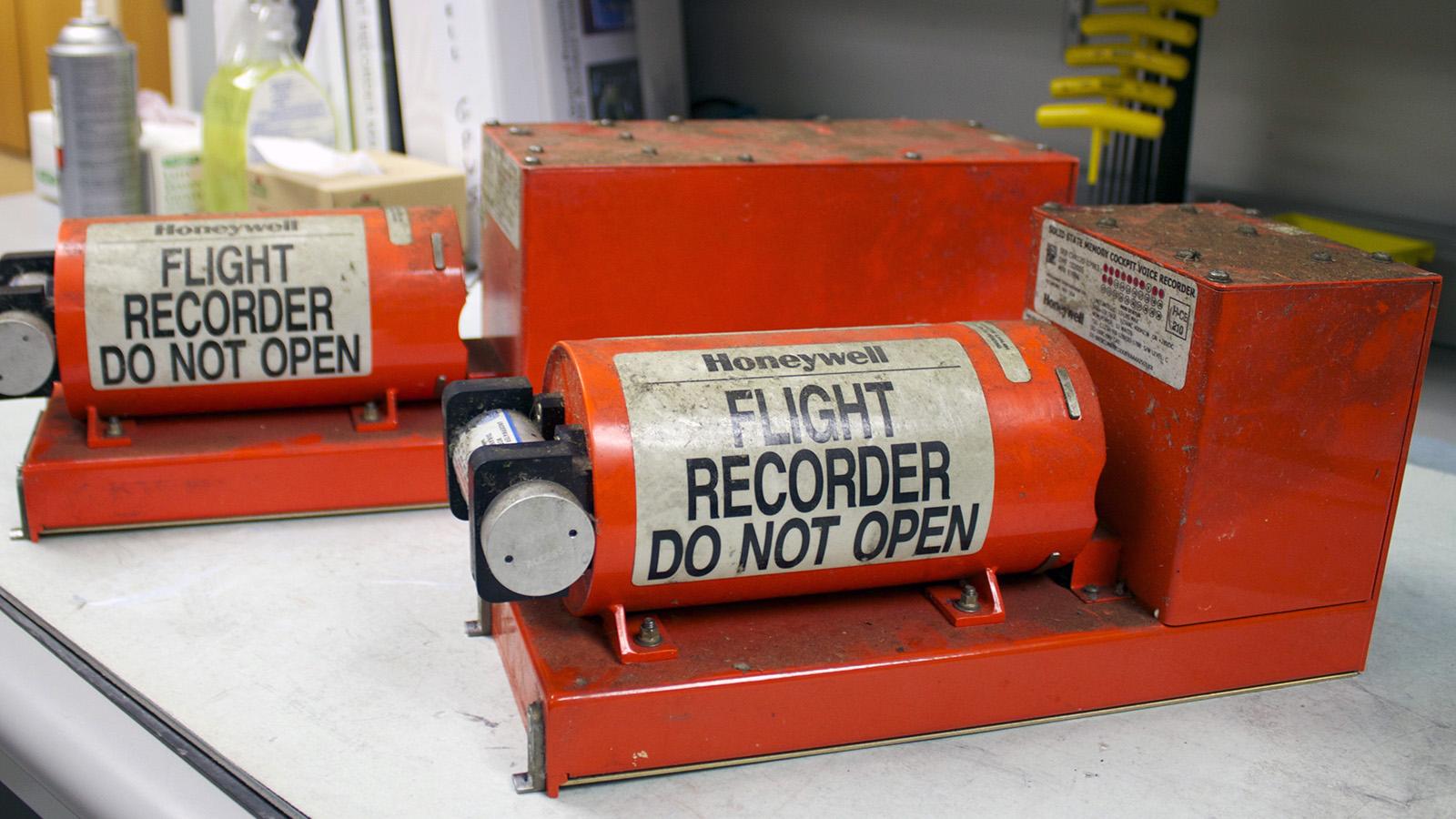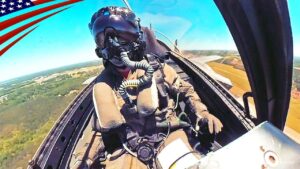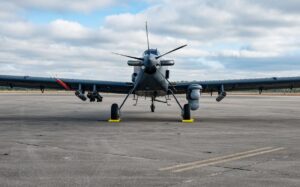In the aftermath of aviation tragedies, where silence shrouds the final moments of flight, black boxes emerge as silent witnesses, holding the key to unraveling mysteries that hover between sky and ground. These resilient, flame-resistant capsules—contrary to their misleading name—are actually bright orange and designed to survive the most catastrophic impacts. They stand as technological sentinels, recording every whisper in the cockpit and every subtle shift of instruments, preserving crucial data that can transform incomprehensible loss into understanding. Like time capsules of critical information, black boxes represent humanity’s relentless pursuit of knowledge, even in the face of devastating aerial incidents. In the aftermath of aviation tragedies, a small yet critical device emerges as the ultimate storyteller: the black box. Contrary to its name, these robust recording instruments are typically painted bright orange to enhance visibility during recovery efforts. Each black box contains two essential components – the flight data recorder and the cockpit voice recorder – working in tandem to capture every crucial moment during an aircraft’s journey.
Flight data recorders meticulously document hundreds of parameters, including altitude, speed, heading, and mechanical performance. Modern systems can track up to 1,000 different variables, creating a comprehensive digital snapshot of an aircraft’s operational status. These recordings provide investigators with an intricate technical timeline, helping them reconstruct the precise sequence of events leading to potential catastrophic failures.
Cockpit voice recorders capture conversations between pilots, radio communications, and ambient sounds within the cockpit. These audio recordings offer invaluable insights into crew interactions, decision-making processes, and potential communication breakdowns. Sophisticated audio analysis can reveal stress levels, communication clarity, and potential human factors contributing to an incident.
Engineered to withstand extreme conditions, these devices are constructed from titanium or stainless steel with exceptional thermal and impact resistance. They can survive crashes, fires, and ocean depths up to 20,000 feet. Designed to endure accelerations up to 3,400 times the force of gravity and temperatures reaching 2,000 degrees Fahrenheit, black boxes are essentially indestructible witnesses to aviation events.
Advanced positioning technologies like underwater locator beacons help search teams locate these devices after accidents. These beacons emit ultrasonic signals detectable for approximately 30 days, significantly improving recovery chances. Satellite tracking and sophisticated search algorithms further enhance the likelihood of retrieving these critical data repositories.
The information extracted from black boxes has revolutionized aviation safety, enabling manufacturers and regulatory agencies to implement preventative measures. Detailed analysis of recordings has led to significant improvements in aircraft design, pilot training protocols, and maintenance procedures. Each investigation becomes a learning opportunity, transforming potential tragedies into opportunities for enhanced safety.
As technology advances, black boxes continue evolving. Emerging designs incorporate more sophisticated data collection methods, increased storage capacities, and more resilient recording technologies. The ongoing mission remains consistent: preserving evidence that can explain complex aviation incidents and prevent future occurrences.










